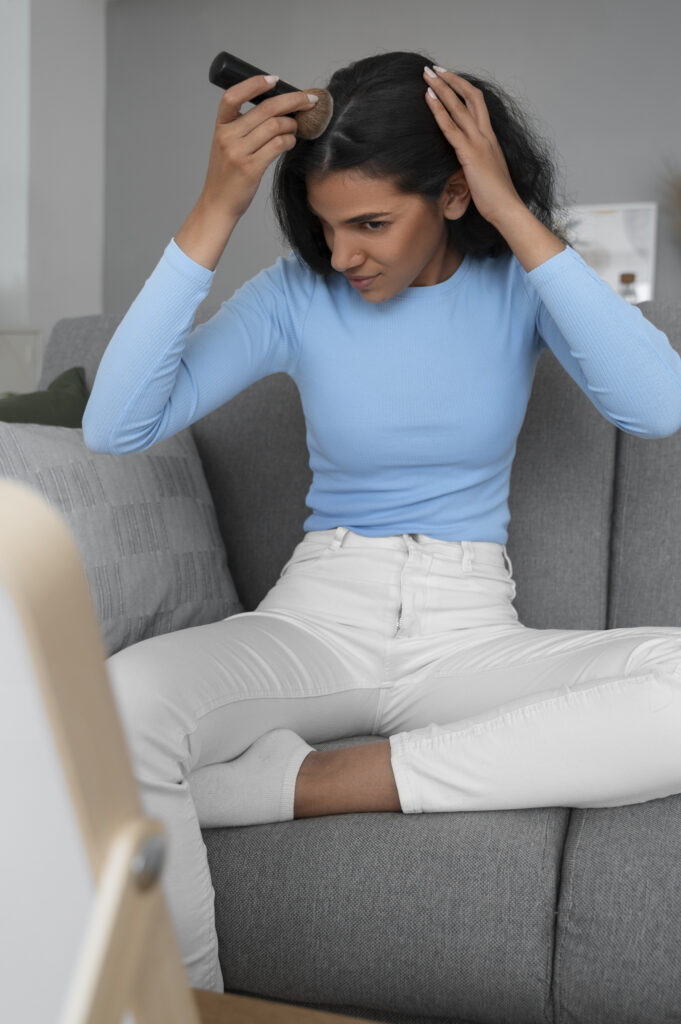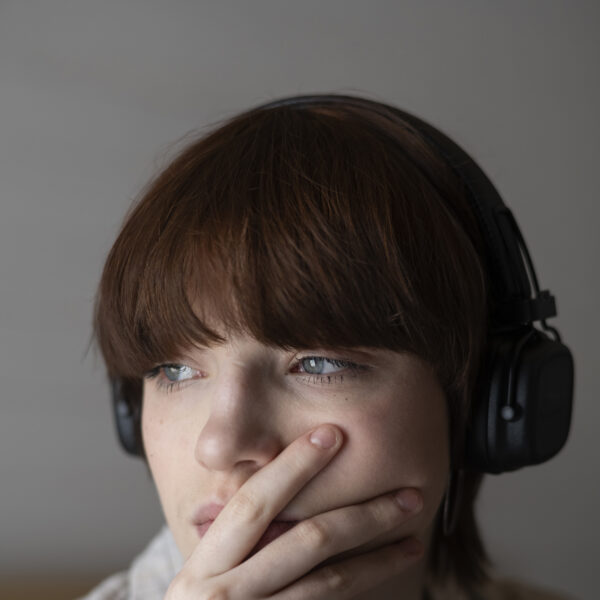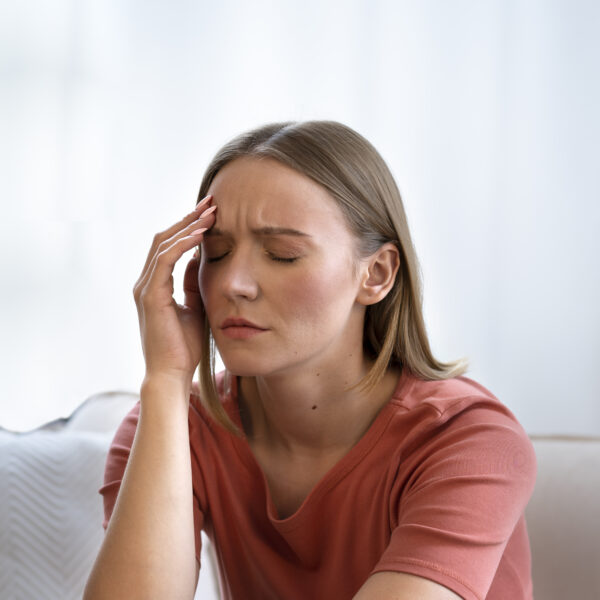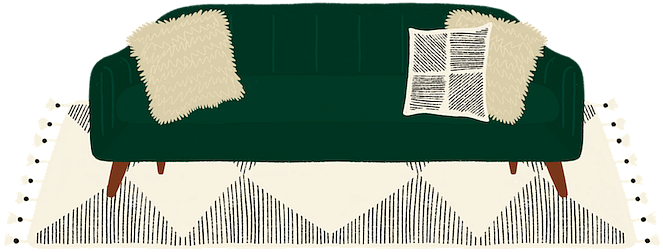Trichotillomania is a mental health condition where a person can’t stop pulling out their hair. They may pull from their scalp, eyebrows, eyelashes, or other parts of the body. This pulling can cause bald spots, skin irritation, and a lot of shame and distress. Many people don’t know much about what triggers trichotillomania or how to get help. But there is hope for healing with the right support.

What Triggers Trichotillomania: Common Causes
Trichotillomania triggers are different for everyone. Triggers are things that make the urge to pull stronger. Some common triggers include:
- Stress and anxiety: Many people pull more when they feel overwhelmed or worried. Pulling can be a way to try to cope with these feelings.
- Boredom or inactivity: Sitting still for a long time, like at school or work, can trigger pulling. Hands wander to the hair almost without thinking.
- Mirrors and photos: Seeing your reflection or a photo of yourself can make you more aware of your hair and any perceived flaws, leading to pulling.
- Negative emotions: Feelings like sadness, loneliness, anger, or shame can all trigger pulling as a way to avoid the discomfort.
- Concentration: Some people pull when they’re deep in thought, reading, or doing something that takes a lot of focus.
Everyone’s triggers are unique. Learning to notice your own triggers is a big step in managing trichotillomania.
The Impact of Trichotillomania on Daily Life
Trichotillomania can impact your life in many ways. Physically, constant pulling can cause hair loss, scalp pain, and even infection. Many people with trichotillomania feel a lot of shame and try to hide their hair loss. They may avoid social events, dating, swimming, or any situation where their pulling could be noticed.
The shame and secrecy can be very isolating. People with trichotillomania often feel alone and afraid to reach out for help. They may worry that others will judge them or think they’re “crazy.” This can lead to low self-esteem, depression, and anxiety.
Trichotillomania can also interfere with work or school. Time spent pulling is time not focused on tasks. Pulling can also make it hard to maintain good hygiene, as the hair pulling ritual takes up time and energy.
Coping with What Triggers Trichotillomania
Understanding what triggers trichotillomania is key to managing the condition. Once you know your triggers, you can develop a plan to cope with them. Some strategies include:
- Stress management: Practice relaxation techniques like deep breathing, meditation, or yoga to reduce overall stress levels.
- Keeping hands busy: When you feel the urge to pull, reach for a fidget toy, stress ball, or other tactile object to keep your hands occupied.
- Modifying your environment: If certain places or situations trigger pulling, try to avoid them or have a plan in place to manage the urge.
- Self-care: Taking care of your physical and emotional needs can reduce the likelihood of pulling. This includes getting enough sleep, eating well, and doing activities you enjoy.
- Seeking support: Talking to a trusted friend, family member, or therapist can help you feel less alone and provide accountability in your recovery.
Remember, what works for one person may not work for another. It’s important to experiment and find the strategies that work best for you.
The Role of Trichotillomania Therapy
Trichotillomania therapy is an important part of the recovery process. A therapist can help you understand what triggers trichotillomania, develop coping strategies, and work through the emotional impact of the condition.
Cognitive Behavioral Therapy (CBT) is the most well-studied treatment for trichotillomania. In CBT, you learn to recognize and change the thoughts and behaviors that contribute to pulling. This may involve keeping a pulling diary, practicing relaxation techniques, and gradually exposing yourself to triggering situations while resisting the urge to pull.
Acceptance and Commitment Therapy (ACT) is another approach that can be helpful. ACT focuses on accepting uncomfortable thoughts and feelings while committing to actions that align with your values. For example, you might learn to notice the urge to pull without acting on it, while engaging in meaningful activities that bring you joy.
Some people also find medication helpful in reducing pulling urges. However, medication is typically used in combination with therapy, not as a standalone treatment.
Finding a therapist who specializes in treating trichotillomania can make a big difference in your recovery. Look for someone who has experience with CBT, ACT, or other evidence-based treatments for body-focused repetitive behaviors.
You Are Not Alone
If you’re struggling with trichotillomania, it’s important to remember that you are not alone. Millions of people worldwide deal with this condition. It’s not your fault, and you don’t have to face it by yourself.
Healing is possible. With the right tools and support, you can learn to manage your triggers and take back control of your life. You can get to a place where trichotillomania no longer dominates your thoughts and actions.
If you’re ready to take the first step, reach out to a trichotillomania-informed therapist. It’s a brave and powerful choice to seek help. At Therapy for Women, we have a number of therapists who specialize in Trichotillomania.
Remember, recovery is a journey. It’s not always a straight path, and there may be setbacks along the way. Be patient and compassionate with yourself. Celebrate each small victory and keep moving forward. With time and practice, freedom from trichotillomania is within reach.





Leave a Reply